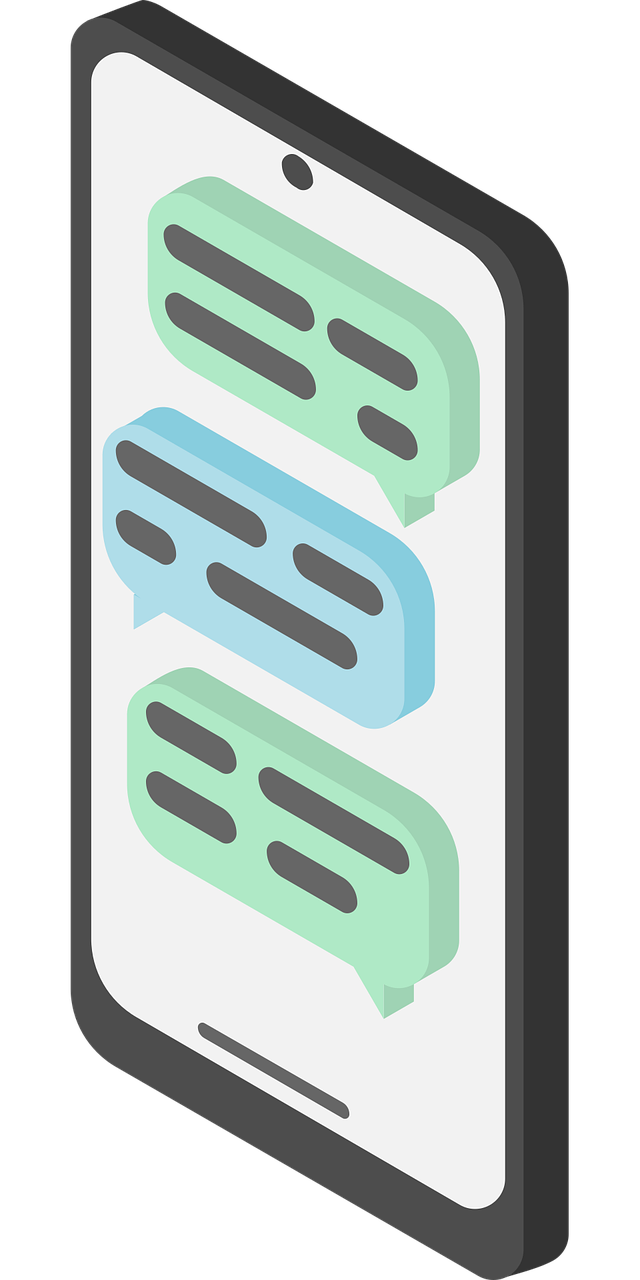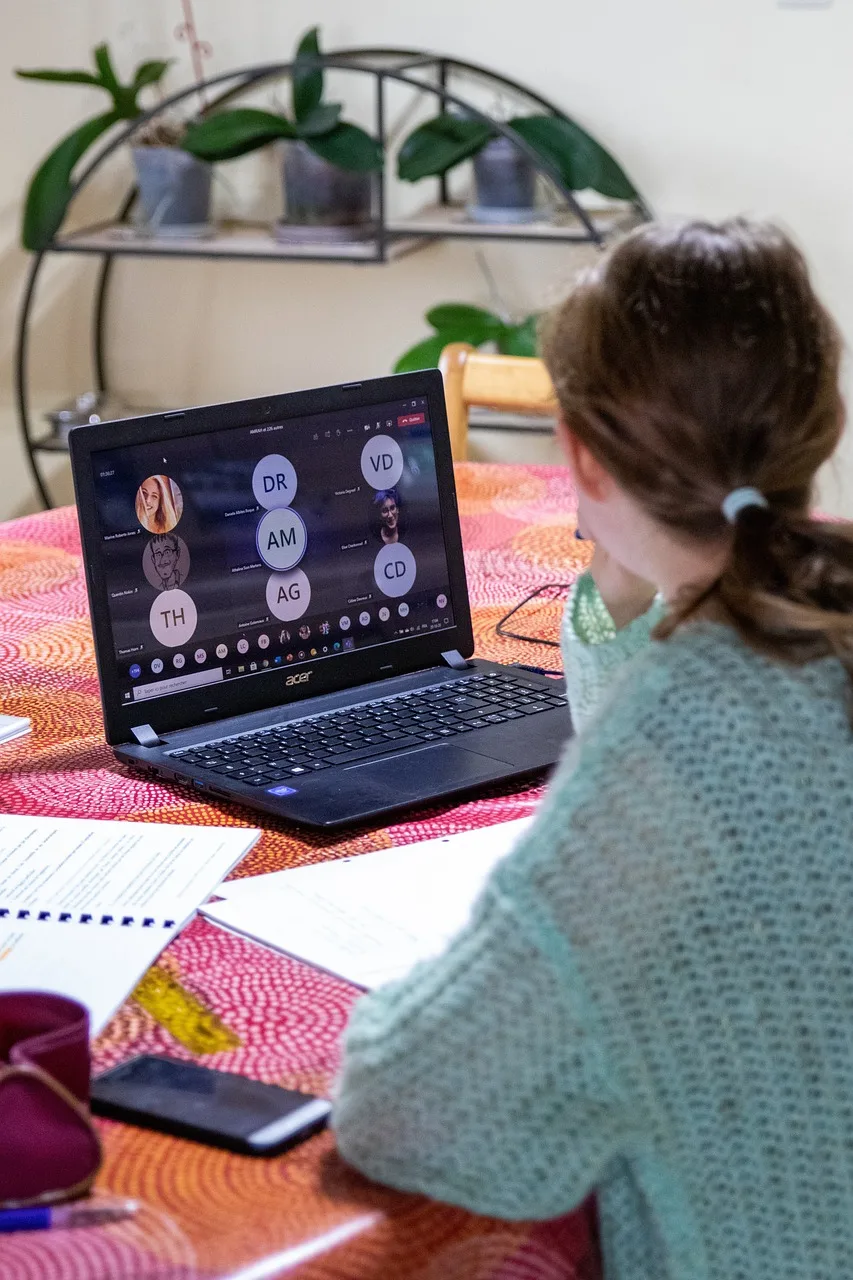What is the Best Way to Learn a Foreign Language?
Foreign Language Learning Methods:
Today, there are many methods of learning foreign languages. Traditionally, a foreign language was learned physically in a classroom under the supervision and guidance of an instructor.
Later, with the development of technology, applications for language learning and video conferencing opportunities increased and began to replace physical classroom education. So which method is more effective for learning: apps, traditional classroom training, or online classroom language training?
Undoubtedly, all methods have advantages and disadvantages, and they vary from person to person. Below you can find a comparison of the three learning methodologies.

Traditional Classroom Training:
- Pros:
- Structured Curriculum: Classroom settings often provide a structured curriculum with a clear progression of a particular lesson.
- Social Interaction: Students can interact with their classmates and get immediate feedback from teachers.
- Speaking Practice: Classes often include speaking practice, which is important for language development.
- Cons:
- Fixed Program: Classroom learning needs a specific schedule, which may not be suitable for everyone.
- Cost and Location: Traditional classrooms can be expensive, and the location can sometimes be unaffordable for some students.

Learning Through a Duolingo-Like App:
- Pros:
- Gamified Learning: Duolingo and similar apps use gamification to make learning fun and engaging.
- Accessibility: These apps offer students the ability to learn at their own pace anytime and anywhere.
- Structured Curriculum: The apps provide a structured curriculum that guides students through a variety of language skills.
- Cons:
- Limited Depth: It can be argued that such practices may not provide in-depth understanding of the language or comprehensive knowledge.
- Lack of Real-Life Interaction: Interaction with native speakers or real-life scenarios is limited.

Language learning through recorded video platforms (e.g., YouTube)
- Pros:
- Miscellaneous Content: There are a variety of videos featuring language topics, cultural nuances, and native speakers.
- Flexibility: Students can choose videos based on their interests and ability levels.
- Additional Source: It can be used to augment learning from other methods.
- Cons:
- Lack of Structure: There may be a lack of a structured curriculum, which can lead to fragmented learning.
- Quality varies: Video content quality and accuracy can vary significantly.
- Limited Interaction: There is no direct interaction with teachers or peers for feedback and clarifications.

24×7 Online Speaking Practice You Can Join Anytime:
- Pros:
- Real-Life Communication: Emphasis on speaking and speaking skills.
- Flexibility: You can always join the sessions, which provides usefulness.
- Cost Effective: It is often more affordable than traditional classroom instruction.
- Cons:
- Limited Structure: It may lack a comprehensive curriculum for other language skills.
- It depends on the participants: The quality of speaking practice depends on the proficiency of other participants.
- Lack of Formal Education: Limited guidance and training from language experts.

Online Language Training Courses:
- Pros:
- Flexibility: Always accessible, it allows tutors to study at their own pace.
- Comprehensive Content: It usually has extensive content that includes grammar, vocabulary, and cultural aspects.
- Access to Resources: Multimedia content, interactive exercises, and sometimes live sessions.
- Cons:
- Potential Isolation: Lack of face-to-face interaction with teachers and classmates.
- Depending on the platform: Quality varies between different online course providers.
- Cost: Some comprehensive online courses can be relatively expensive.

So which one should I choose?
So which foreign language learning method should I choose? What is the best way to learn a foreign language?
As you can see, which method you choose in foreign language education depends on many factors, and the importance of these factors may vary from person to person. For example, if cost is very important to you, you may not prefer traditional classroom training, or if you want to systematically improve all your language competencies, the “join anytime” method may not be suitable for you.
While online language training courses offer a systematic education with the usual structured curriculum model from classroom training; It allows you to access these gains from the comfort of your home or workplace, without transportation costs and loss of time.
In addition, online language training courses are not more like the speaking practice-oriented courses in the “join anytime”, “24/7 live” lessons model. It has been scientifically proven that the “one teacher and one group of classmates” approach in online language training courses increases the learning efficiency much more. In addition, the educational quality of such courses should be carefully questioned.
Highly accessible apps focus on vocabulary learning and pronunciation. They are used by those who prefer to be able to “say something” rather than offer a full language learning experience.
As Lingua Learn , we offer continuous support while teaching the language with our internationally experienced, fully native-speaking, qualified instructors. In doing so, we produce solutions with an open price policy with the lowest cost in its class. Not only English, but also in more than 15 languages, we offer our comprehensive training at all levels, free materials included in the price. On our platform, students can progress interactively by asking questions or commenting.
Come on, learn any foreign language with Lingua Learn now!

